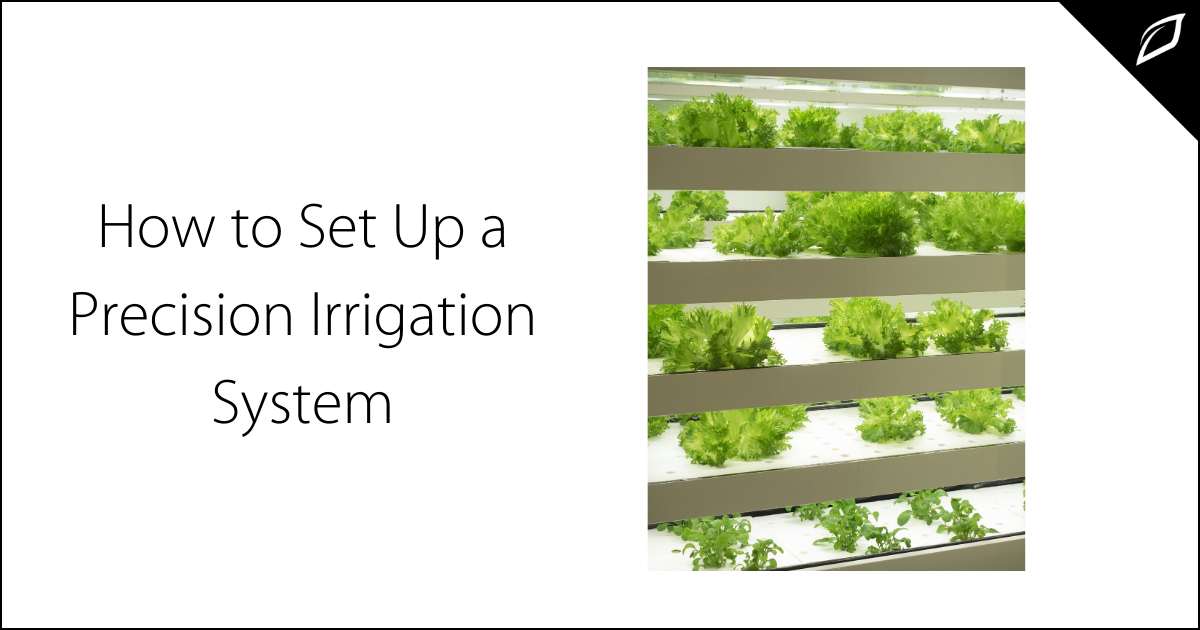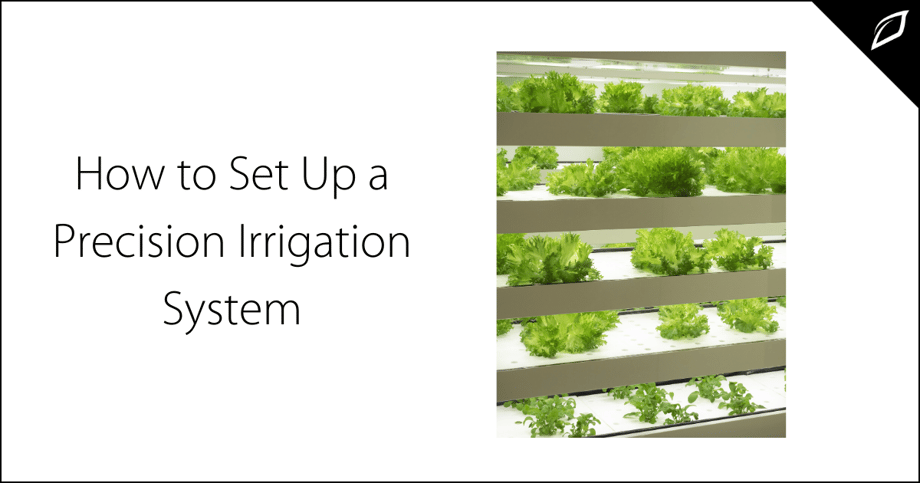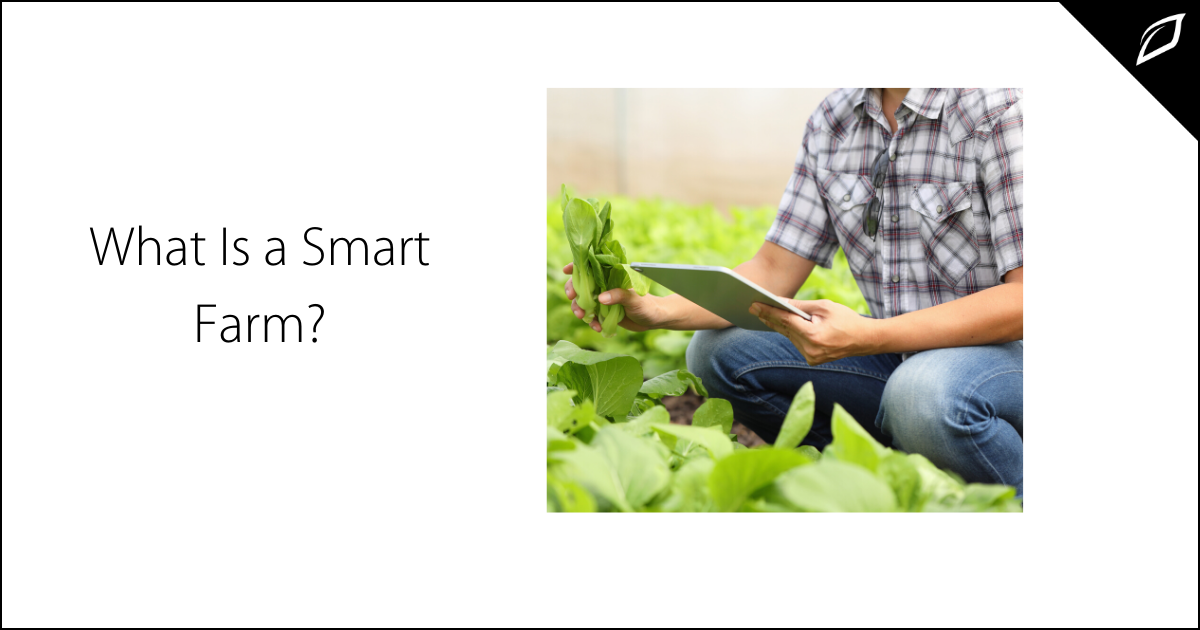Are Your Plants Suffering From Nutrient Burn?
Nutrient Burn – How to Detect Overfertilization and Nip it in the Bud One common problem that many indoor growers run into is the leaves of their...
2 min read
 Ted Tanner, CEO and Co-Founder
:
Mar 21, 2018 7:30:00 AM
Ted Tanner, CEO and Co-Founder
:
Mar 21, 2018 7:30:00 AM


Many growers take a manual approach to water use, irrigating without systems or controls in place to ensure consistency. This can be problematic: Too little water, and plants will wither; too much, and they wallow, with root damage, mold, and other negative effects.
Precision irrigation offers a way to apply water thoughtfully, systematically, and consistently. Through scheduling and automation, precision irrigation encourages healthy root development, while cutting down on nutrient, chemical, and water waste. Plants get just what they need when they need it.
To implement precision irrigation, take a look at your existing baseline methodologies:
Too often, indoor farmers work by intuition, irrigating where and when the plants seem to need it. This imprecise approach can lead to waste as the grower either ends up irrigating large tracts where nothing is growing or overwatering plants that are already thriving. Alternately, the guesswork can lead to under-watering and plants failing to thrive.
Drip irrigation is a more precise choice, delivering water in small, controlled doses exactly where it is needed. Drip irrigation can be controlled more accurately, in terms of both volume and timing. For an indoor operation, it’s often an economical and easily implemented choice.
There is no one right delivery mechanism, but the savvy grower will at least review available options before implementing a precision system.
The key components to a precision irrigation system are the technological controls—the sensors, monitors, and remote alert systems that coordinate water use and help the grower manage operations.
A comprehensive control system manages irrigation based on volumetric water content of your grow medium and has the ability to regulate any type of pump, irrigation valve, flood floor, or flood table. A smart irrigation system will supply plants with the correct amount of water and provide growers with an increase in the consistency and profitability of their yields.
Wireless connectivity with an app allows the grower to maintain constant management of irrigation even when not physically present. In a precision irrigation system, this ability to pull together sensor readings and make adjustments from a distance is a significant factor. Growers can’t always be physically present. They need precision tools that enable them to track and fine-tune water usage from anywhere at any time.
Smart irrigation systems can improve crop quality and yield by optimizing water use, reducing overwatering, under-watering, and runoff. This helps growers reduce their water expenses and helps them comply with environmental regulations that may dictate the location and amount that they may irrigate.
With sensors that drive remote alerts, the grower can save time and money, generating higher yields with less effort and expense.


Nutrient Burn – How to Detect Overfertilization and Nip it in the Bud One common problem that many indoor growers run into is the leaves of their...

Unless you've been living off the grid for the past month, you're probably aware that the effects of the Covid-19 virus have changed our world as we...

The technology media has been enamored with “smart” solutions lately. Smart cities generate data to better manage pollution, crime, and traffic....